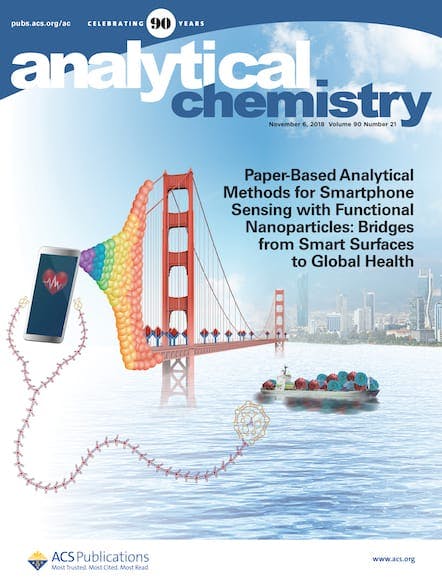Each week ACS Axial brings you selected news stories based on research appearing in ACS journals, alongside links to the original journal articles so you can learn more. Did we miss one of your favorite news items of the week? Share it in the comments below. Fighting hunger and climate change by reducing food waste […]

Fighting hunger and climate change by reducing food waste
Increased demand for food and global climate change will be two of the biggest challenges of this century. Reducing food waste could be an important part of the solution to both problems, BBC News reports, based on research appearing in Environmental Science & Technology.
Read the research:
Food Surplus and Its Climate Burdens
***
Providing an alternative to glass
A researcher has developed a transparent substance made of a blend of plexiglass and wood, reports Popular Mechanics, based on a paper appearing in Biomacromolecules. The wood is stripped of lignin, an organic polymer appearing in cell walls, which renders it transparent. The new substance isn’t ready for commercial production yet, but it could someday offer several advantages over traditional windows, such as being stronger and a better insulator.
Read the research:
Optically Transparent Wood from a Nanoporous Cellulosic Template: Combining Functional and Structural Performance
***
Testing for food poisoning in just minutes
A simple new test could make it easier to prevent certain types of food poisoning, Medical News Todayreports, based on research appearing in Analytical Chemistry. The test uses a paper dipstick to detect two strains of bacteria commonly responsible for food poisoning, delivering results within 15 minutes. The test requires no special training to administer, so it could be used by commercial food manufacturers to prevent large-scale poisonings.
Read the research:
Pressed Paper-Based Dipstick for Detection of Foodborne Pathogens with Multistep Reactions
***
Using bacteria to store electricity
Scientists built a rechargeable battery that relies on bacteria to store power, reports Science Daily based on research appearing in Environmental Science & Technology Letters. The battery uses one kind of bacteria to convert electricity into acetate and another to reverse the process, charging and discharging at a rate compatible with solar energy production cycles. Researchers are now working to improve the battery’s energy density to make it competitive with conventional battery technology.
Read the research:
Microbial Rechargeable Battery: Energy Storage and Recovery through Acetate
***
Fighting gum disease with silicon nitride
Dentists could someday treat advanced gum disease with silicon nitride, an antimicrobial ceramic material now used in spinal implants, reports Phys.Org based on research appearing in Langmuir. The material treats periodontitis by degrading the nucleic acids of the bacteria that cause the disease. The bacteria, Porphyromonas gingivalis, can cause increased stroke and heart attack risks, in addition to tooth loss.
Read the research:
Silicon Nitride Bioceramics Induce Chemically Driven Lysis in Porphyromonas gingivalis
